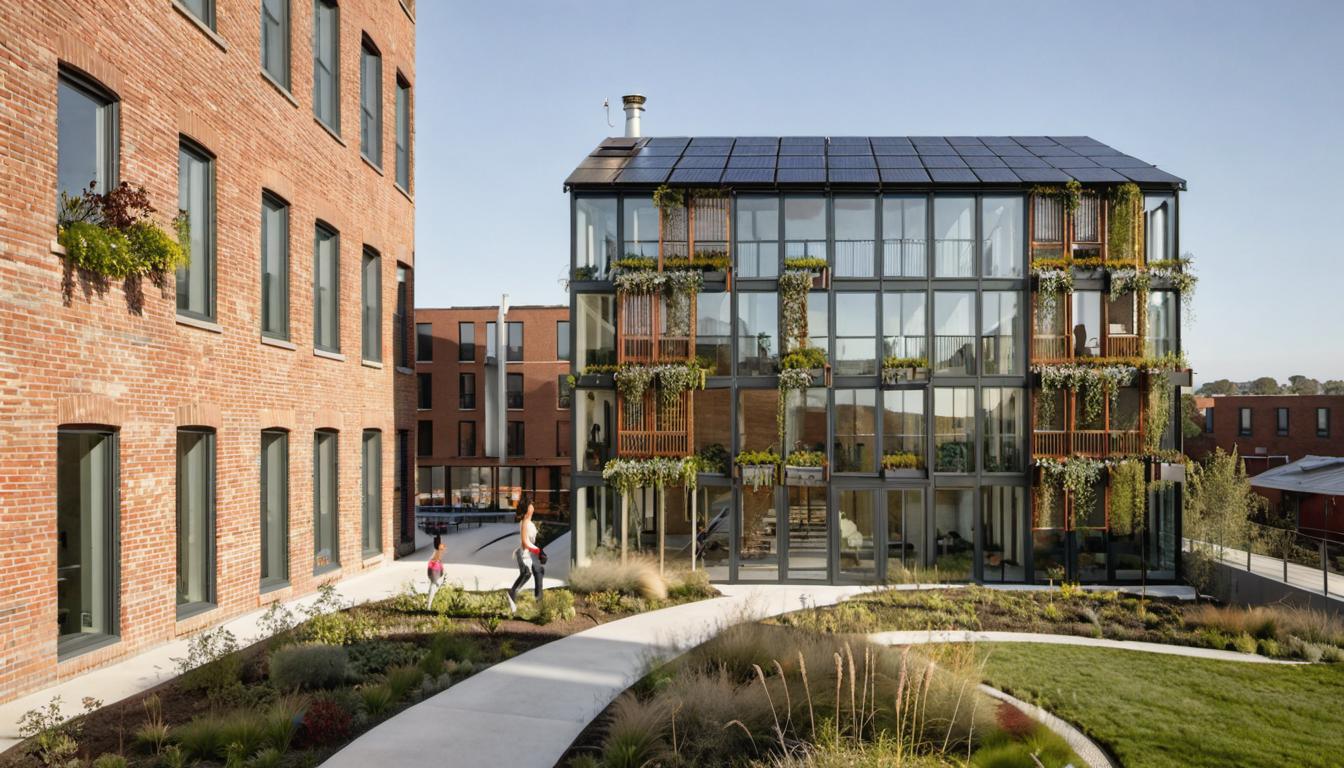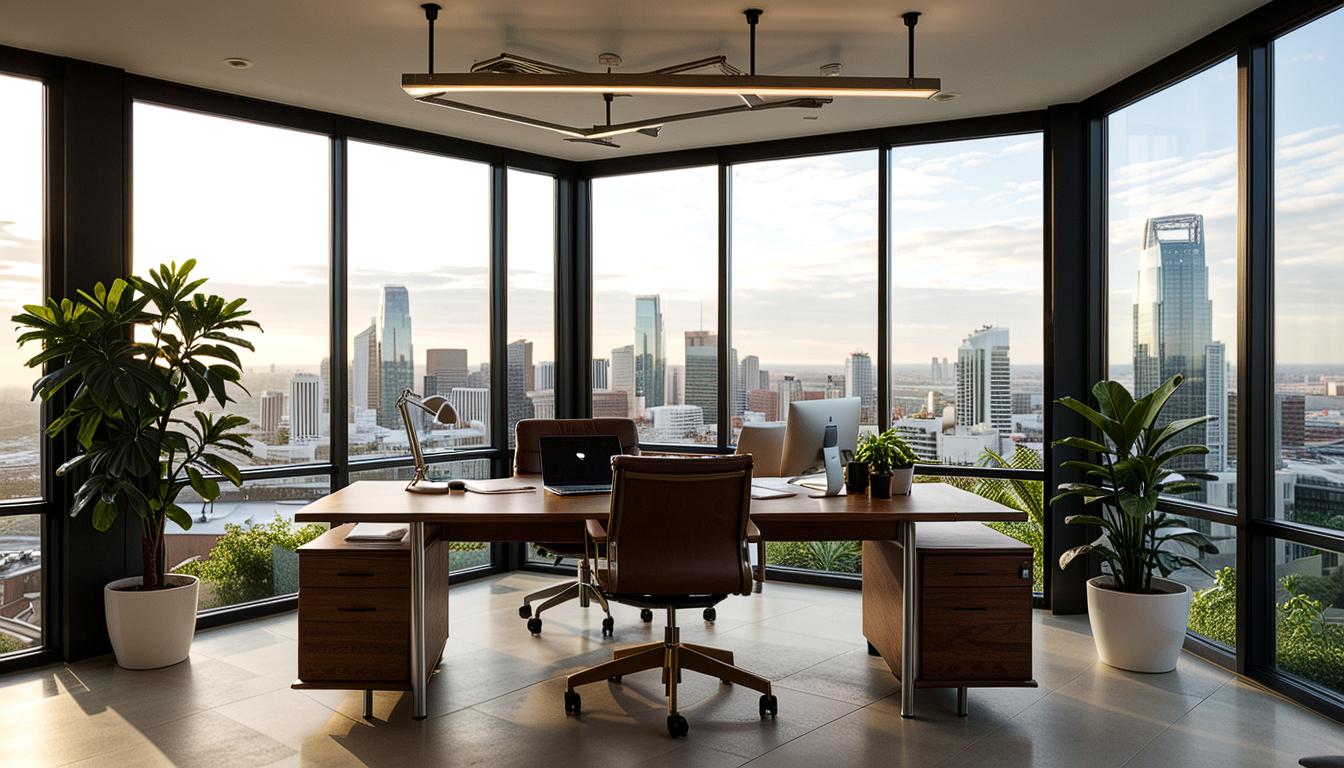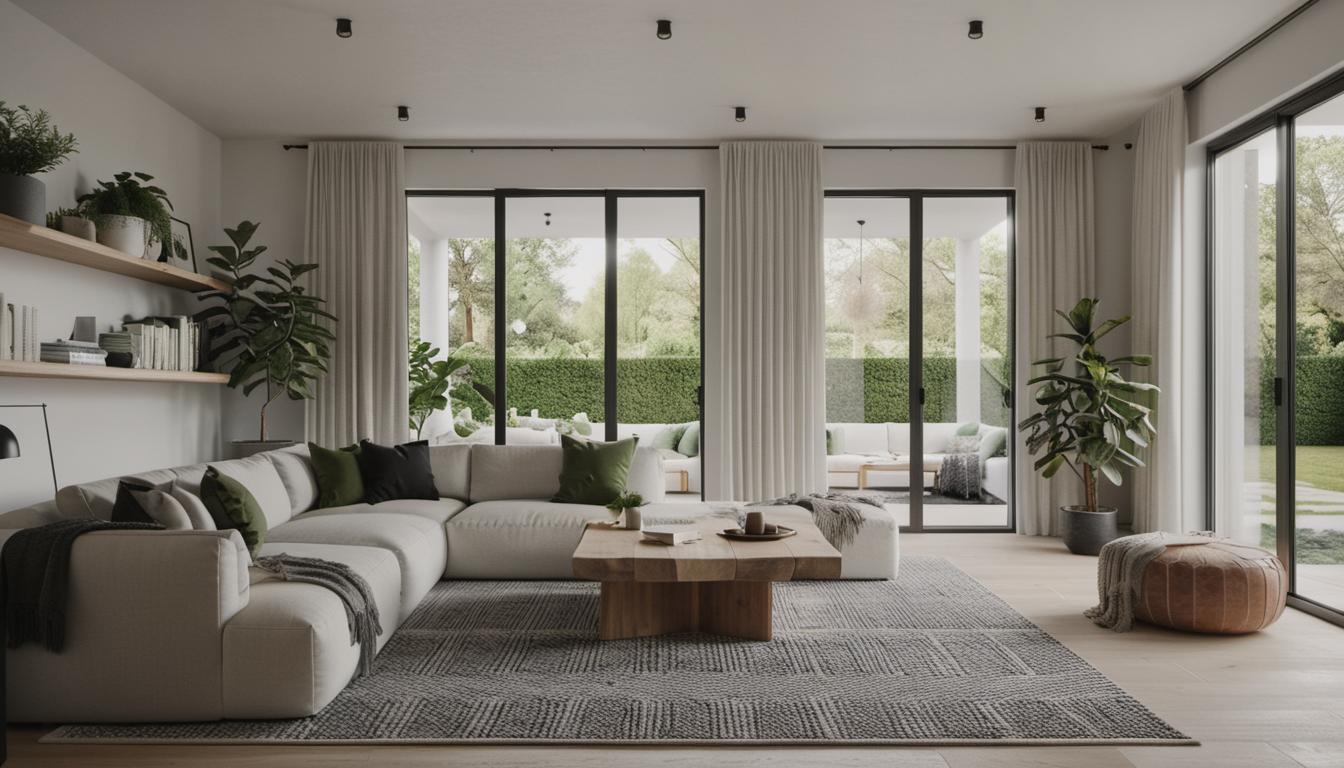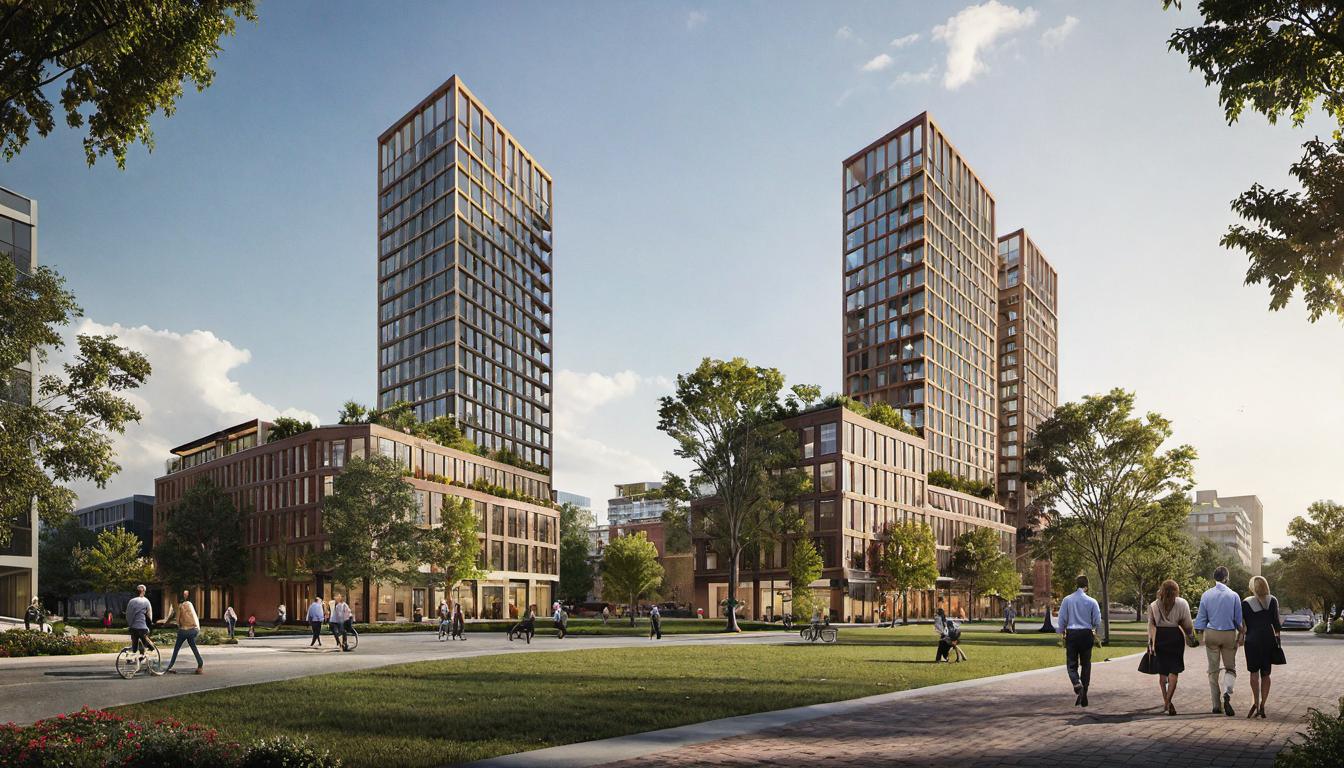Understanding Climate Change and Its Effect on Architecture
Climate change is a term used to describe long-term shifts in temperatures and weather patterns. The impacts of these shifts are widespread and include increasing severity of weather events like heavy storms, hurricanes, floods, and droughts. Architecture, among other sectors, is feeling the significant effects of these changes.
The Direct Interaction Between Climate Change and Architecture
Due to changing weather patterns, architectures have a formidable task of designing sustainable structures that can withstand these harsh conditions. Let’s examine how.
-
Building for Weather Extremities
Weather changes necessitate the creation of structures that can hold up under extra stress. For instance, architects need to consider flood-resistant or hurricance-resistant features when designing buildings, particularly in regions prone to these extreme events.
-
Rising Sea Levels and Their Effect on Architectural Design
As sea levels continue to rise due to melting ice caps, coastal areas are at a higher risk of flooding and erosion. Consequently, designing structures that can withstand these changes is becoming increasingly crucial in these regions.
How Climate Change Indirectly Influences Architecture
Changes in work and lifestyle patterns due to climate change also have a substantial effect on architecture. A closer look reveals two significant changes.
-
Adapting HVAC Systems to Changing Climate Conditions
Higher global temperatures mean architects have to revisit how HVAC systems are designed in buildings. Expanding air conditioning capabilities might be necessary, thus impacting architectural choices.
-
Architectural Implications of the Rise in Remote Work
With the rise in flexible work arrangements, there is a need to design buildings that can accommodate these needs. Architecture has thus to adapt to cater for work-from-home environments.
How Architects are Responding to Climate Change
Architects have begun to design strategies to counter climate change. Key innovations include the use of water-resistant materials and elevation variations to guard against floods, different insulation methods to withstand temperature extremes, and the inclusion of energy-saving installations such as solar panels and double-glazed windows.
Pivoting Towards Greener Construction Materials
Designing energy-efficient and environmentally friendly buildings using greener construction materials is critical in light of ongoing climate change. This shift not only ensures sustainability but also enhances the aesthetics of these structures.
Pivoting Towards Greener Construction Materials
Designing energy-efficient and environmentally friendly buildings using greener construction materials is critical in light of ongoing climate change. This shift not only ensures sustainability but also enhances the aesthetics of these structures.
Frequently Asked Questions
- How does climate change influence modern architecture and design?
- Climate change impacts modern architecture and design significantly. The industry must adapt to maintain sustainability amidst changes in weather patterns. Designers and architects face challenges in creating buildings that are not only visually pleasing but also environmentally responsible and energy efficient.
- What changes in architectural design are necessitated by rising sea levels?
- Rising sea levels due to climate change cause increased flooding and erosion, especially along the coastlines. Architects must design structures to endure such harsh conditions. These structures may require construction methods resistant to hurricanes or designs that offer enhanced flood protection.
- How does climate change indirectly influence lifestyle and work patterns in architecture?
- Indirect impacts of climate change on architecture include changes in lifestyle and work patterns. With warmer temperatures, it may become necessary to increase air conditioning capacities, implying changes in how HVAC systems are designed in buildings. Moreover, the rise of remote work may lead to a need for more flexible space design and use.
- What are some innovative responses by architects to climate change?
- Architects have responded with strategies such as using water-resistant materials and developing designs that incorporate elevation variations to prevent flood damage, using insulation to handle temperature variations, and implementing features like solar panels and double-glazed windows to enhance energy efficiency.
- Why is it important to design with greener construction materials and promote energy-efficient buildings?
- Designing greener construction materials and energy-efficient buildings has grown in importance due to climate change. It’s critical to develop more sustainable solutions that are not only aesthetically pleasing but also environmentally friendly.
Revisiting our discussion on climate change and architecture
In summary, climate change presents new challenges and opportunities in architecture. Adapting to these changes is not only essential for the survival of the structures designed today but also for the sustainability of the planet. As we move forward, keeping informed about further impacts of climate change on architecture becomes increasingly significant to our design practices. As professionals in architecture, interior design, and real estate sectors, it’s our responsibility to integrate the lessons of climate change into our work, leading the charge towards a more sustainable future.






